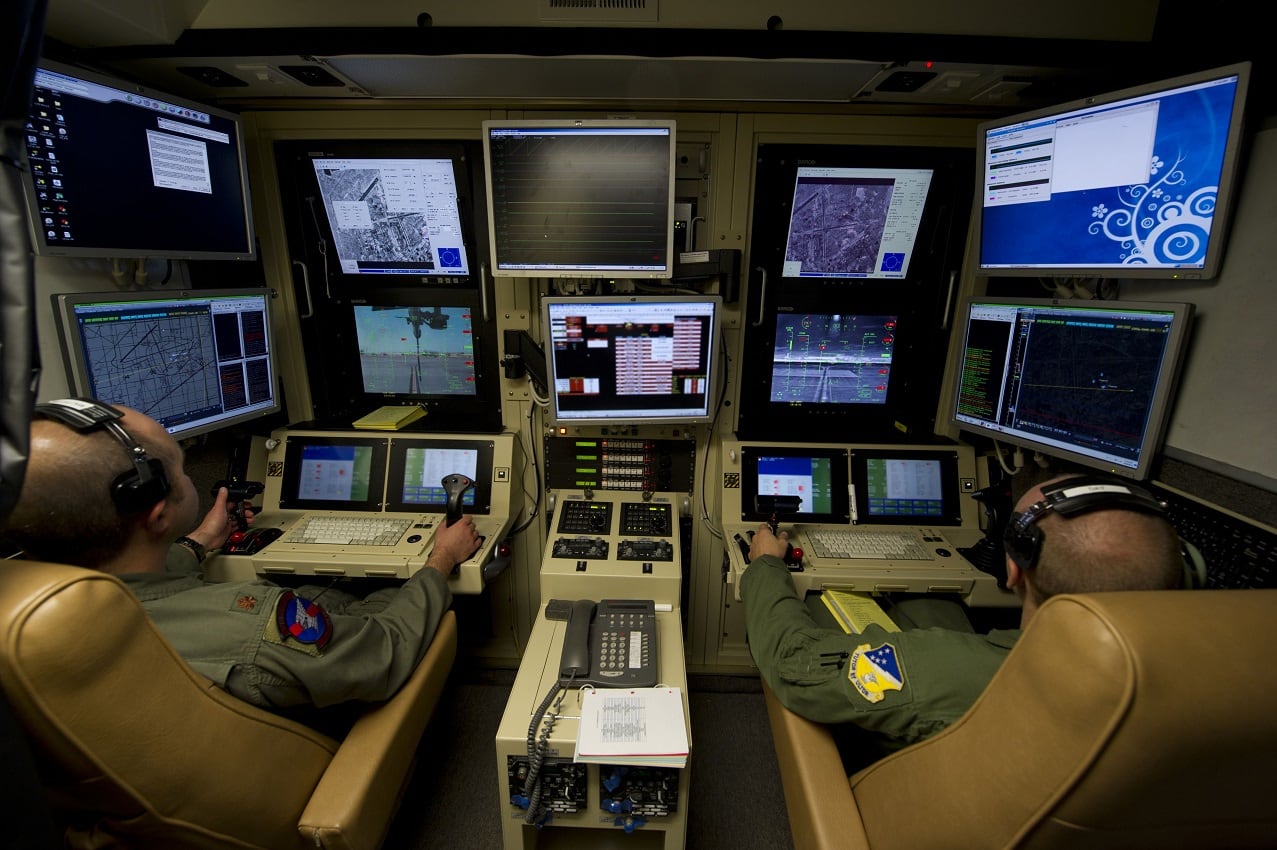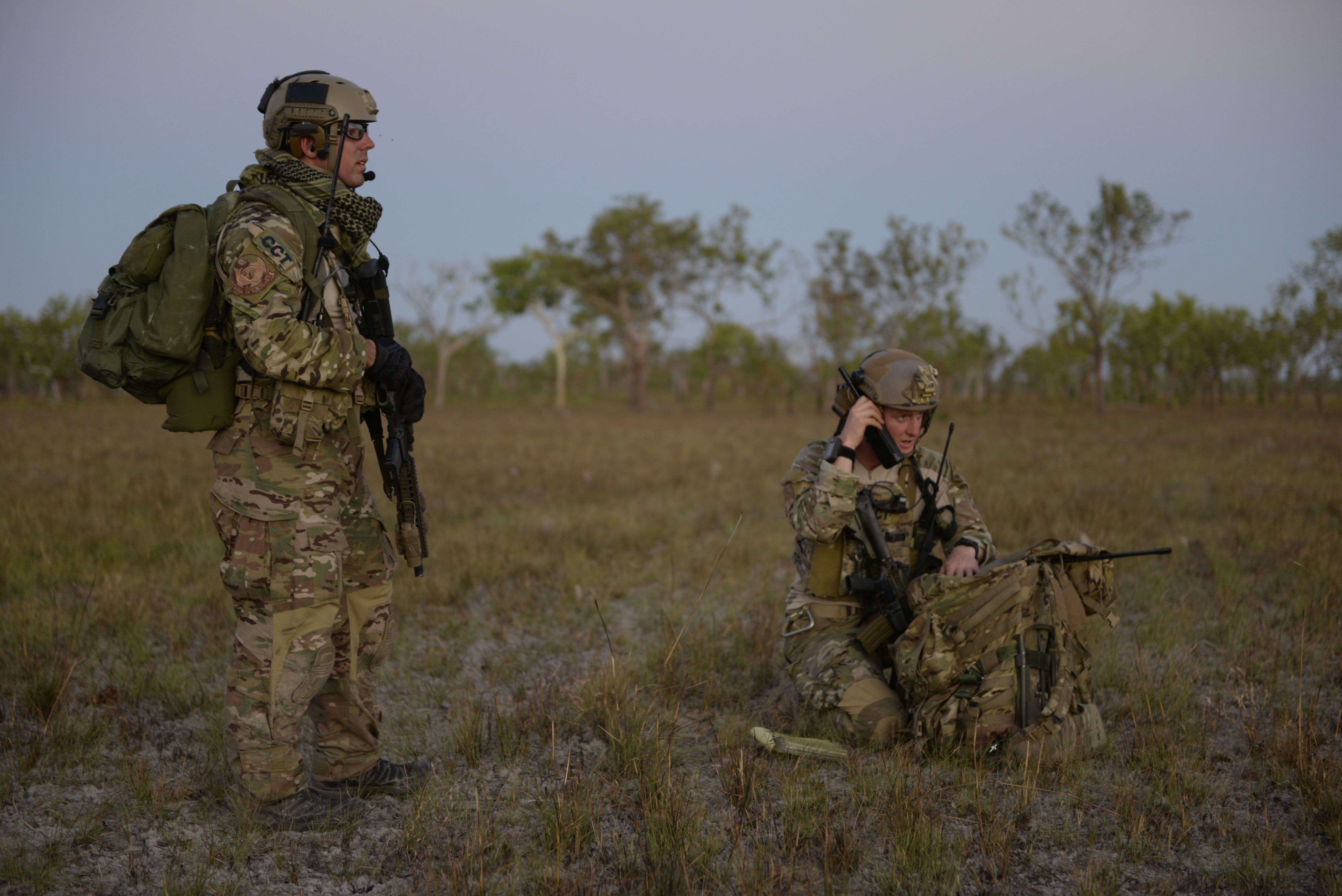The Air Force has been long dominated by fighter pilots at its senior leadership levels, but as careers in the service have become more diverse, a change in promotion preferences may be required to foster the innovation culture that also defines the service.
As it stands, the mass of fighter pilots in high-level leadership roles creates a hierarchy within the service, with fighter pilots first, bombers second and other specializations after, according to a recent Rand study sponsored by the Defense Department’s Office of Net Assessment.
“The more modern Air Force still demonstrates a preference for promoting fighter generals to the most-senior ranks of leadership, despite having a greater number of [non-fighter pilot] officers and a more technologically diverse set of missions,” according to the report, which includes interviews with many unnamed uniformed and civilian Air Force officials.
One long-standing reason for the reliance on fighter pilots to fill leadership roles comes down to how the Air Force needs to be viewed by Congress and the Pentagon during political bargaining and budget battles: as a warfighting force on par with the other services.
“It is also important for the Air Force to be viewed as an equal service by the services that have had a more direct role in fighting on the ground since 2002 as it serves as a way of demonstrating and validating the Air Force’s contributions," the Rand study said. “Part of the Air Force’s strategy to establish itself as a warfighting service rather than a support service is its cultural emphasis on its fighter pilots.”

According to a Rand analyst with a research specialization in Air Force culture: “There is a school of thought in the Air Force that pilots are in the best position to run the service because their situational awareness and multitasking skills translate to leadership, but it’s not clear if they do.”
In an era when space and cyber warfare are touted as the future of fighting adversaries like China and Russia by even the chief of staff of the Air Force, it may be in the service’s best interest to field more senior leaders from career fields involved in cyberspace and information warfare.
If the focus is on staffing leaders with a combat identity, rather than support operations, perhaps more special tactics officers from the Air Force’s most decorated combat community since the end of the Vietnam War should be tapped for high-ranking positions.

The trend toward promoting fighter pilots began long before the Global War on Terror.
Col. Mike Worden traced the shift in his 1998 book, “Rise of the Fighter Generals.”
“Shifts in Air Force doctrine and procurement toward tactical airpower in the 1970s meant fighter wings and pilots were growing at numbers disproportionate to other mission areas," the Rand study said. "Fighter pilots began to outnumber bomber pilots as early as 1968; from 1971 to 1982, fighter pilots outnumbered their bomber counterparts by four to one.”
Rand also noted that a survey conducted for Jeffrey J. Smith’s 2014 book, “Tomorrow’s Air Force,” found fighter pilots at contention with the rise of unmanned aircraft. Non–fighter pilot officers, meanwhile, believed the Air Force should look toward procuring technologies outside the fighter realm, sometimes noting that drones may one day make fighter aircraft obsolete.
Many of those interviewed by Rand said that internal competition between the Air Force Specialty Codes, the separate career fields in the service, was greater than external competition between services.
A field-grade Air Force officer with joint-duty experience told Rand that it’s a commonly held notion among airmen that AFSCs “dictate [the service] food chains."
“Each service prefers a hierarchy that puts [a particular specialty] at the tip of spear," the officer said. "How do we make room for evolution of importance in the fight?”

The manned versus unmanned aircraft debate continues to permeate internal service insecurities, the Rand authors wrote, despite the proven reliance on drone warfare in the 21st century.
Airmen’s career choices also are increasingly tied to occupations that can help them when they hang up the uniform.
“People are now coming to an academy and choosing ISR and Office of Special Investigation after graduation. People are also choosing public affairs and strategic affairs,” an Air Force Senior Executive Service member told Rand. “These are the types of specialties that could help them post-military transition.”
“There will always be a view that pilot is a ticket to anything you want [from your Air Force career],” the Air Force SES member said. “How true will that remain? Depends on how leadership views diversity of skills. I would like to think the chief of staff and secretary would reach out to all airmen. The Air Force needs great leaders, irrespective of the specialty.”
As for the current leadership, Air Force Chief of Staff Gen. David Goldfein has made it one of his focus areas to emphasize joint leadership in the service, ensuring that choosing joint duty staff positions doesn’t slow down career progression.
After all, any fight against a peer adversary or a rogue state — Russia, China, Iran or North Korea — would likely require a combined arms approach between services.
Kyle Rempfer was an editor and reporter who has covered combat operations, criminal cases, foreign military assistance and training accidents. Before entering journalism, Kyle served in U.S. Air Force Special Tactics and deployed in 2014 to Paktika Province, Afghanistan, and Baghdad, Iraq.




